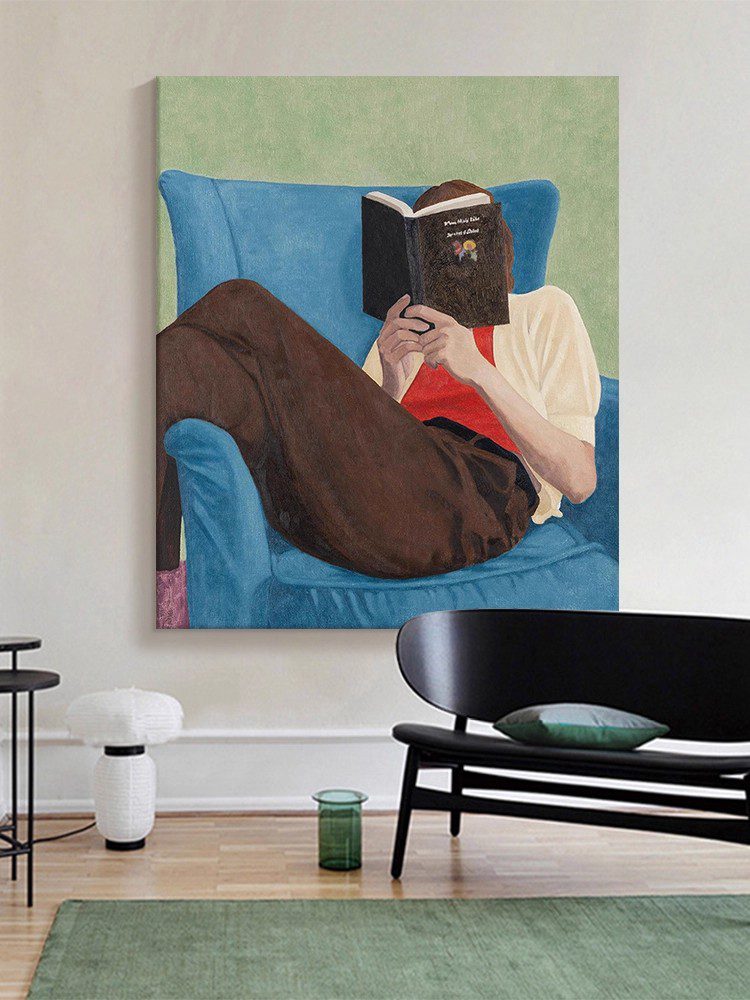Presenting Hand-Painted Oil Art in Art Exhibitions: Strategies for Impactful Display
Hand-painted oil art holds a unique place in the world of visual expression, offering depth, texture, and emotional resonance that resonate with viewers. When showcased in art exhibitions, these works demand thoughtful presentation to highlight their technical mastery and conceptual depth. From lighting choices to spatial arrangements, every detail influences how audiences perceive and engage with the art. By focusing on the interplay between the artwork and its environment, curators can create exhibitions that leave a lasting impression.
Lighting Techniques to Accentuate Texture and Color
The way light interacts with hand-painted oil art can dramatically alter its appearance, revealing layers of pigment and brushwork that might otherwise go unnoticed. Oil paintings often feature impasto techniques, where thick layers of paint create raised textures that catch and reflect light. To emphasize these details, directional lighting is essential. Spotlights positioned at a 30- to 45-degree angle to the artwork cast subtle shadows, enhancing the three-dimensional quality of the surface. This approach works particularly well for still lifes or portraits with intricate facial features, where every stroke contributes to the overall realism or expression.
Natural light, when available, can bring out the warmth and vibrancy of oil pigments, but it requires careful management to avoid damage. Exhibitions held in spaces with large windows should use UV-filtering glass or sheer curtains to diffuse harsh sunlight, protecting the art from fading over time. For galleries relying on artificial lighting, LED bulbs with a high color rendering index (CRI) are ideal, as they accurately reproduce colors without emitting excessive heat. Adjustable lighting systems allow curators to modify brightness levels based on the time of day or the specific needs of each piece, ensuring consistent visibility throughout the exhibition.
In some cases, contrasting lighting can be used to create dramatic effects. For example, a dimly lit room with a single, focused beam on a large-scale oil painting can draw attention to its scale and emotional intensity. This technique is effective for abstract works or pieces with bold color fields, where the interplay of light and shadow amplifies the artist’s intended mood.
Spatial Arrangement to Foster Narrative and Flow
The layout of an exhibition significantly impacts how viewers navigate and interpret the artworks on display. A well-planned spatial arrangement guides audiences through a curated journey, encouraging them to pause, reflect, and make connections between individual pieces. When organizing hand-painted oil art, consider the scale and orientation of each work. Larger paintings should be placed at eye level or slightly above to serve as focal points, while smaller pieces can be grouped together to create visual interest without overwhelming the viewer.
Thematic groupings are another effective strategy for enhancing narrative coherence. For instance, an exhibition exploring the theme of “memory” might feature oil paintings that depict personal mementos, historical events, or dreamlike landscapes. By placing these works in close proximity, curators can invite viewers to draw parallels between them, deepening their understanding of the overarching concept. Alternatively, contrasting styles—such as a hyperrealist portrait alongside a loosely brushed abstract composition—can provoke thought about the diversity of artistic approaches to similar subjects.
Negative space, or the empty areas between artworks, plays a crucial role in maintaining visual balance. Overcrowding a gallery with too many paintings can make the exhibition feel chaotic, while excessive empty walls might dilute the impact of individual pieces. Aim for a rhythm that allows each artwork to breathe while guiding the viewer’s eye naturally from one piece to the next. Architectural features like columns, alcoves, or partition walls can be used to create distinct zones within the exhibition, each with its own mood or focus.
Contextualization to Enhance Viewer Understanding
Providing context for hand-painted oil art enriches the viewer’s experience by offering insights into the artist’s process, intentions, and the broader cultural or historical significance of the work. This can be achieved through a combination of written materials, multimedia elements, and interactive displays. Informative labels placed near each artwork should include the artist’s name, title, medium, and year of creation, along with a brief description that explains the inspiration or techniques used. For example, a label for an oil painting of a bustling market scene might describe how the artist used quick, gestural brushstrokes to capture the energy of the moment.
For more complex or conceptual works, additional context can be provided through curatorial statements or audio guides. These resources might explore the symbolism embedded in the artwork, the artist’s biography, or the historical events that influenced the piece. In group exhibitions, a central introduction can tie together disparate artworks, explaining how they collectively address a shared theme or question. This layer of interpretation helps viewers connect with the art on a deeper level, transforming a casual observation into a meaningful interaction.
Interactive elements, such as digital displays showing the progression of a painting from sketch to finished piece, can also deepen engagement. Some exhibitions incorporate replicas or printouts that allow visitors to examine the texture of the paint up close, fostering a tactile appreciation for the medium. These approaches make the exhibition more accessible to diverse audiences, including those who may not have prior knowledge of art history or oil painting techniques.
Elevating the Exhibition Through Attention to Detail
Presenting hand-painted oil art in an art exhibition is a collaborative effort that involves curators, lighting designers, and installation teams working together to create a cohesive and immersive experience. By prioritizing lighting techniques that highlight texture, arranging artworks to foster narrative flow, and providing contextual information that enhances understanding, exhibitions can celebrate the unique qualities of oil painting while engaging audiences in meaningful ways. These efforts not only honor the artists’ vision but also contribute to a vibrant cultural dialogue that resonates far beyond the gallery walls.
